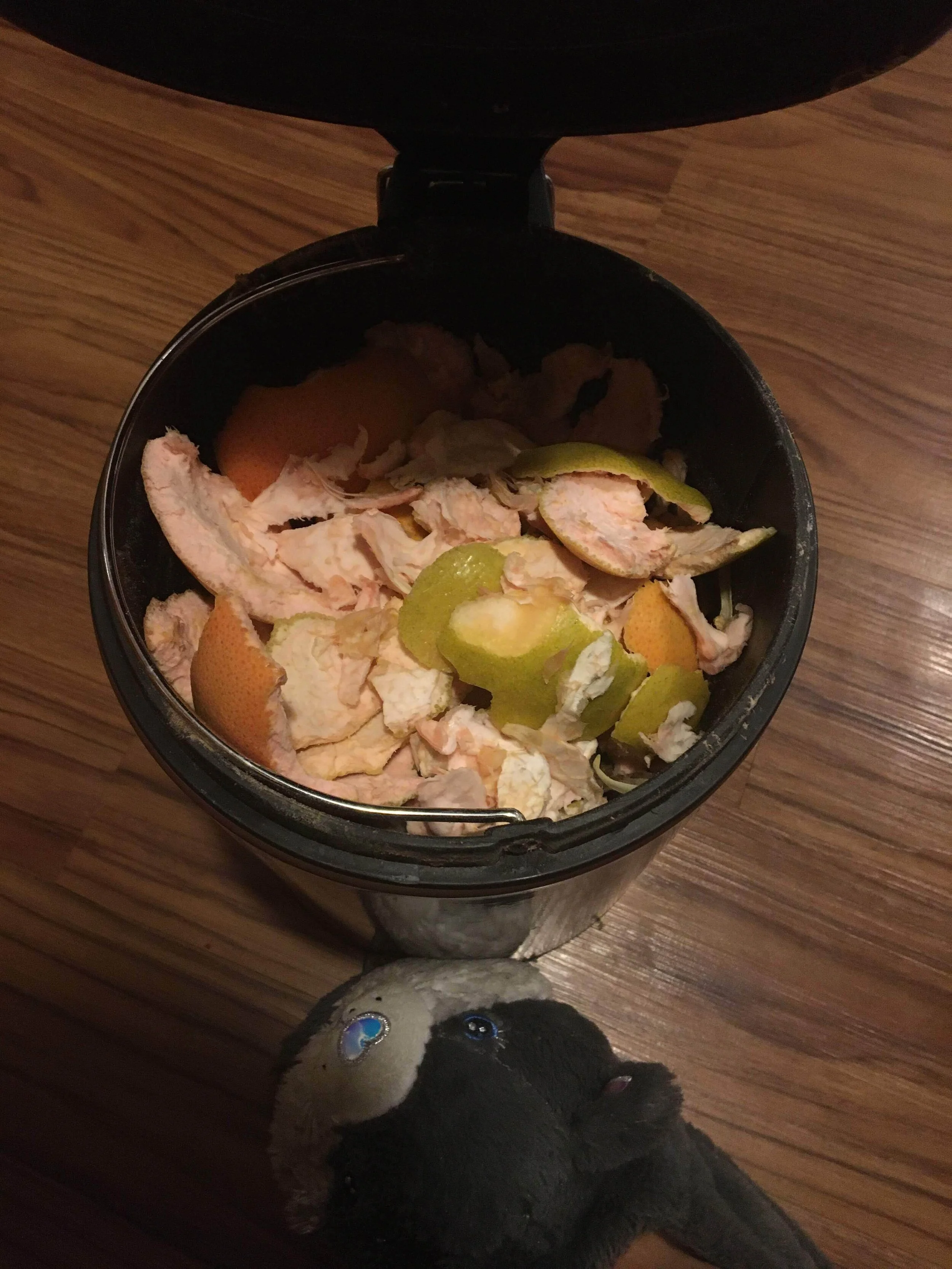What to Plant First
I am in the beginning of my journey in creating my dream garden, and in an effort to not overwhelm myself, I am going to start small. I’m looking into planting produce that I buy on the regular and ALWAYS have so that I don’t have to worry about buying seeds. So, I decided on starting simple with onions and peppers.
Let me go ahead and Plant-Nerd it out:
FIRST, I have to be honest here. So I got a bit stumped by trying to figure out if the onions I have are green onions, scallions, or spring onions. Well, at least this IS a learning environment. Environment (hehe because ya know… nature lol). Anyways after some frantic Googling, I ended up on TheKitchn and all of my questions were answered. So the green onions I have are indeed spring onions! Spring onions, everybody! Spring Onions!!
Here are the scraps I am going to be working with.
We got some spring onions (Allium fistulosum), red onions (Allium cepa), habanero peppers (Capsicum chinense), and red bell peppers (Capsicum annuum). It’s looking like a good family reunion!
The first two cousins, Allium fistulosum and Allium cepa, both belong to the Amaryllidaceae family. This family is known for its herbaceous, perennial and bulbous flowering plants. Some other relatives in this family include some fan favorites like chives, garlic, and even daffodils. Allium fistulosum, also known as green onions, bunching onions, spring onions, and Welsh onion, is a type of scallion. It is a long green vegetable with a bulb at the bottom. It first originated in northwestern China and has been used in various dishes from all over the world. It’s cousin, Allium cepa, is known as the common bulb onions and is seen EVERYWHERE, which makes sense because it’s the most widely cultivated species within the Allium genus. Though their origins are quite complicated, they are known to be the oldest cultivated vegetables in our history and are believed to have originated somewhere in middle Asia. They come in red, white, and yellow, and usually serve as the base for several dishes. Let me also not forget to mention that they are the reason for my tears at times.
Now to the next set of cousins: Capsicum chinense and Capsicum annuum. Both originating in Central and South America, are members of the Solanaceae family. Along with peppers, some other cousins in this family include potatoes, tomatoes (makes sense), eggplants, petunias, and even the tobacco plant. The hot cousin, Capsicum chinense, commonly known as the habanero type pepper, is a well known chili pepper variety. It has its origins in the Caribbean islands, along with Central and South America. The cool thing about this cousin is that it produces some of the hottest peppers on Earth and comes in so many different varieties. Some of those include Habanero (the most popular), Madame Jeanette, Carolina Reaper, the Goat pepper (*insert goat noises*), and so many more. I’m sure things can get real spicy with this crowd.
Now, Cousin Capsicum annuum may not be the hot one, but they sure are quite popular. Of the 5 domesticated species of Capsicum, this one is by far the most widely cultivated and most common. I can bet you’ve probably had these peppers on your plate at some point today. This cousin is not only diverse in pepper types, but also flavor profiles: some are hot (of course), while others tend to be sweet. Looks and personality. That explains why they are the popular kid.
OK, I’m done Plerding (Plant Nerding lol)
I cook a lot with peppers and onions so they are always around, and upon my Googles here, Here, and HERE, I have discovered some ways to start edible plants from scraps and how to care/harvest peppers. Plus, according to my hardiness zone, 7b, this is the PERFECT time to start these plants. Hopefully as I get my hands accustomed to caring for these few plants, I can grow (pun intended) from there.
So here’s my process:
According to Garden.org, for my area, January-February is the best time for me to start growing these plants indoors. In the meantime, the compost will be the only thing happening outside in the back while the peppers and onions are happening in my kitchen until they are ready to start their lives outside.
Also, with the compost, I revamped my technique. I found an old little trash can with a removable bucket and it’s the PERFECT candidate for holding scraps before transferring them outside. It’s sizable and is sealed really well, so I don’t have to worry about an odor. PLUS, I love the fact that it’s brown because REALLY associate it with composting. Random, I know. But it’s a reason why I love it SO much.
Well, I’m gonna hope for the best here. Wish me Luck!




